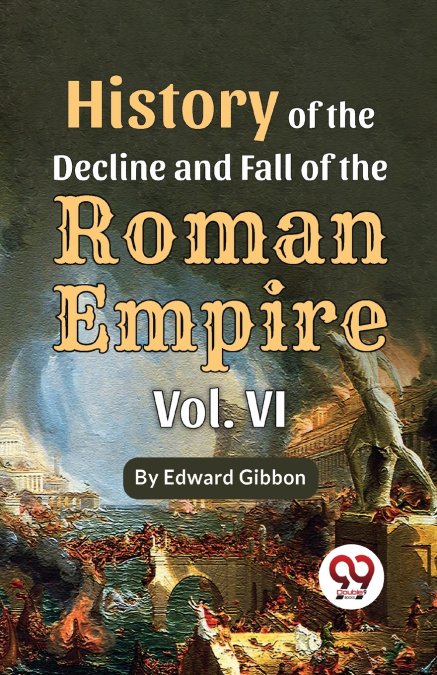
 Librería Perelló (Valencia)
Librería Perelló (Valencia)
 Librería Aciertas (Toledo)
Librería Aciertas (Toledo)
 El AlmaZen del Alquimista (Sevilla)
El AlmaZen del Alquimista (Sevilla)
 Librería Elías (Asturias)
Librería Elías (Asturias)
 Librería Kolima (Madrid)
Librería Kolima (Madrid)
 Donde los libros
Donde los libros
 Librería Proteo (Málaga)
Librería Proteo (Málaga)
Volume VI of Edward Gibbon’s 'The History of the Decline and Fall of the Roman Empire' covers the period from the fall of the Western Roman Empire to the fall of the Eastern Roman Empire, also known as the Byzantine Empire. Gibbon describes the rise of the Byzantine Empire, which emerged as the successor to the Roman Empire in the East. He discusses the reigns of important Byzantine emperors such as Justinian and Heraclius, as well as the challenges they faced from external enemies such as the Persians and the Arabs. The work also examines the role of religion in shaping the events of the period. Gibbon provides a detailed account of the Crusades, including the motivations behind them and the impact they had on both Christian and Islamic societies. Overall, Gibbon’s work highlights the complex and multifaceted nature of the Byzantine Empire’s decline, showing how a variety of factors contributed to its eventual fall. He emphasizes the importance of political and military developments, as well as cultural and religious changes, in shaping the fate of the empire.